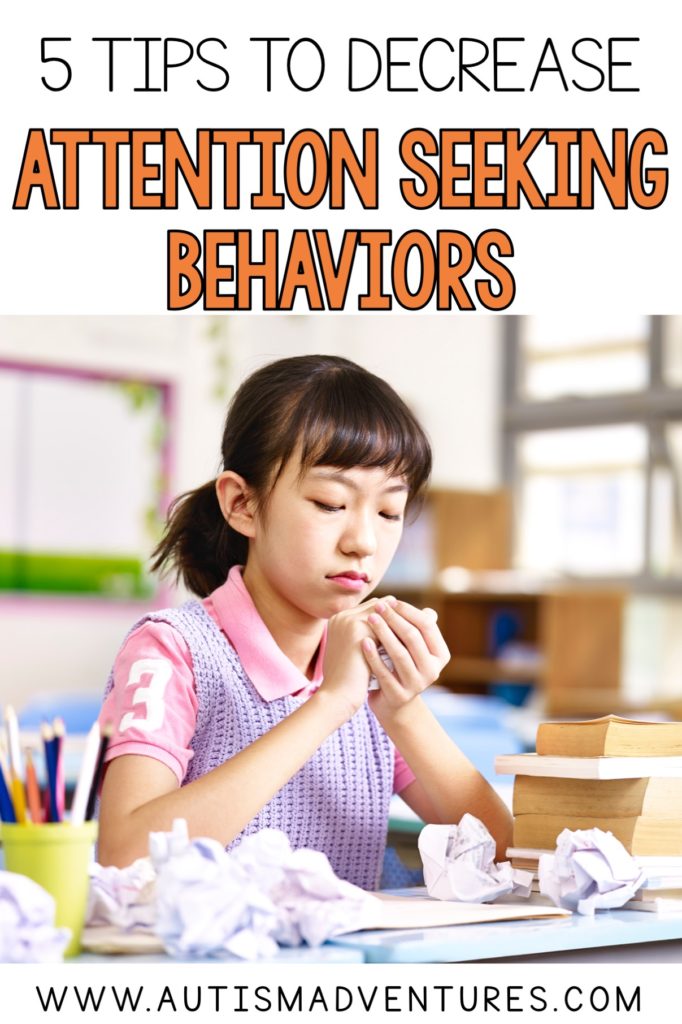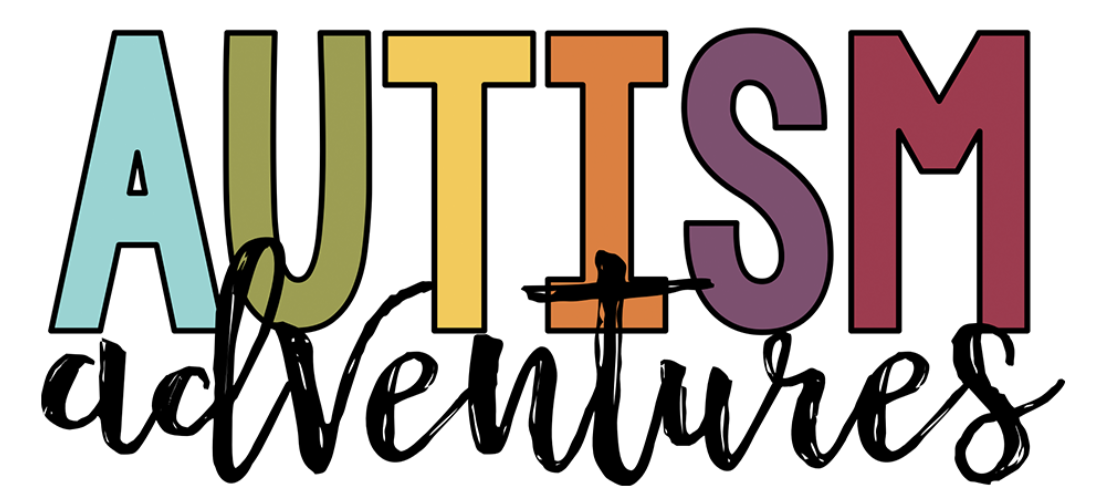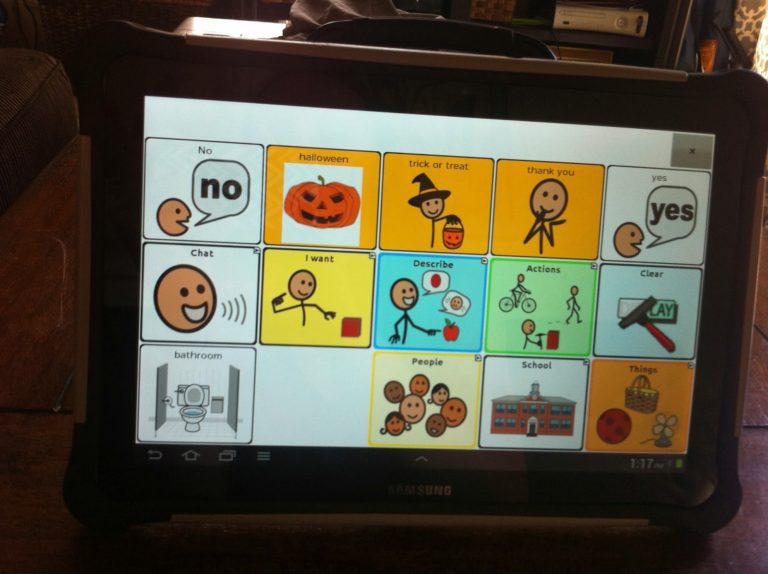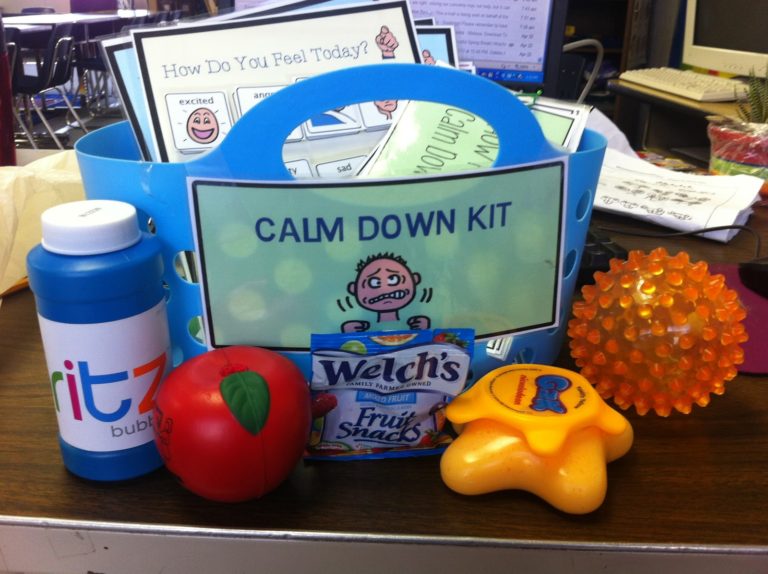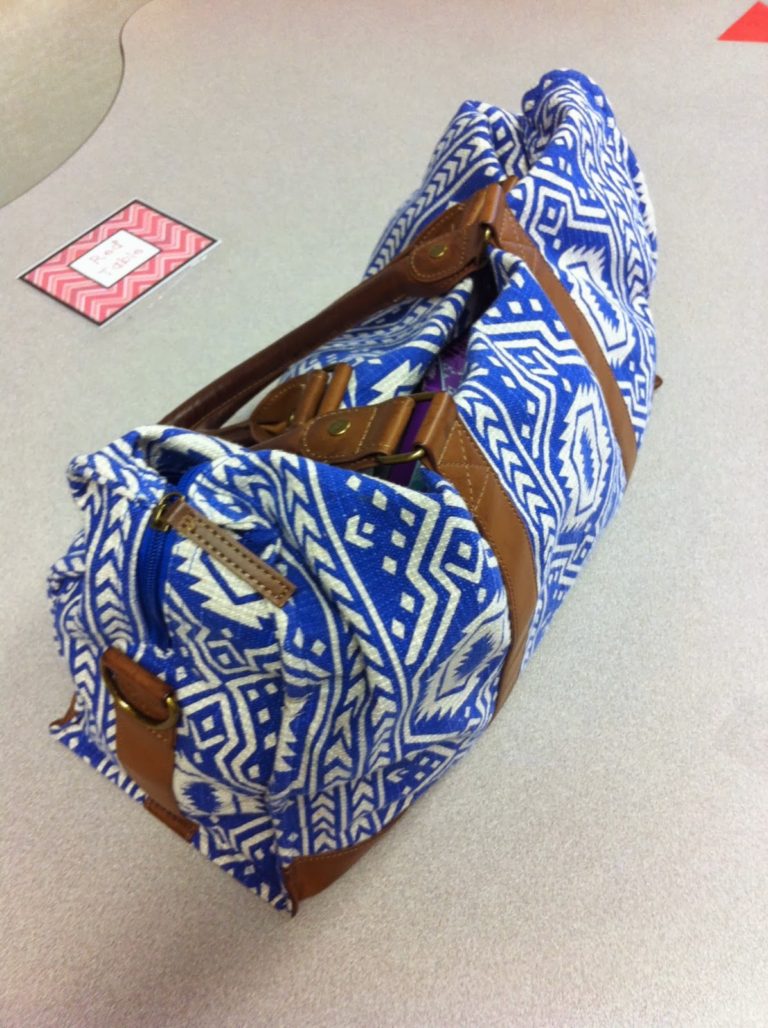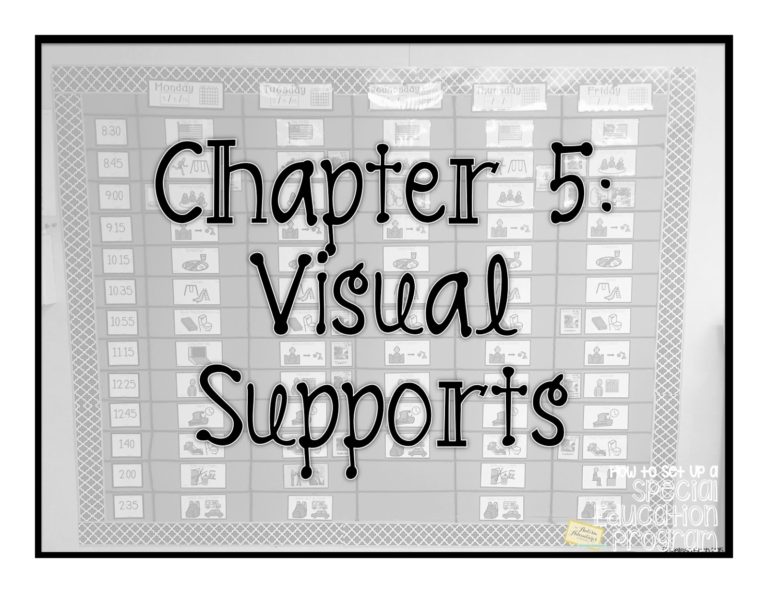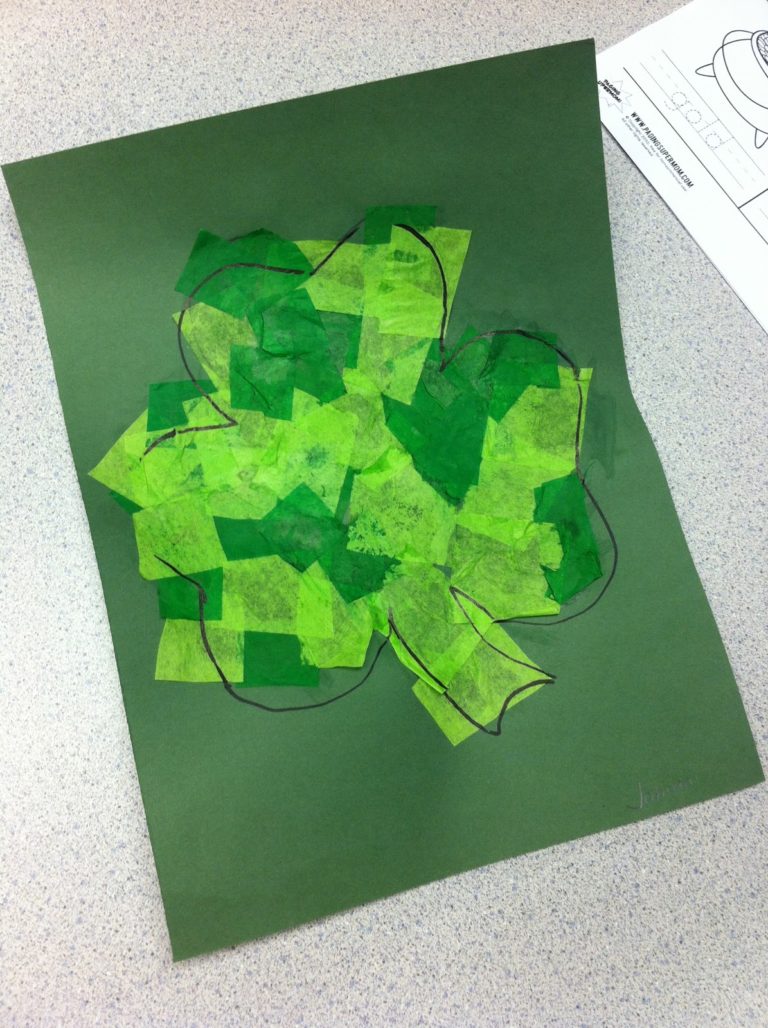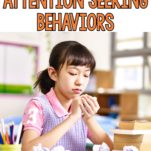Five Tips to Decrease Attention Seeking Behavior
Making noises, singing, tapping, talking, calling out – we all know them. The wild ones of the classroom. Every class has them – but what can we do to manage disruptions and distractions? Here are 5 tips to decrease attention seeking behavior and manage them in your classroom. These tips can be modified to any class, age group, or level – and at home!
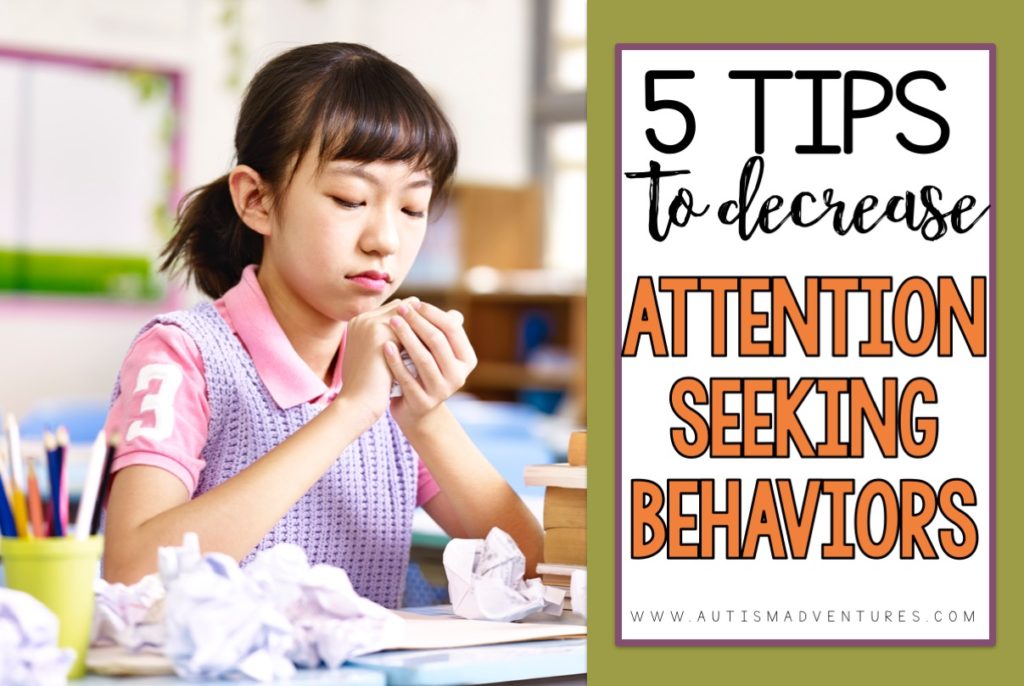
This post is part of a mini series helping understand the ABC’s and Functions of behavior. To read more about ABC’s and Functions of behavior, read more HERE.
1. Make sure students know how to get attention appropriately
We know kiddos want to be seen and heard, and they want it now! Kids (and adults!) will often default to the last behavior that “worked”. A student will remember that the last time they broke out into song or made silly noises at home, it got them lots of attention from mom. The next time they’re feeling deprived of attention in the classroom, they know they have a fool proof way to get it! One simple way of decreasing these types of behaviors is to make sure that students have an easy, fool proof, and appropriate way to get attention in the classroom. This can be as simple as hand raising or an “I need help” card that they can flip over on their desk. We tend to assume that our kiddos know how to get attention the right way, but that’s often not the case. Sometimes, they’ve never been explicitly taught how gain attention from teachers or peers, other times, they’ve never been reinforced for doing it. That leads us to number two…
2. Catch them being “good”
Picture this – a student raises their hand, flips their help card, calls the teachers name, looks around for help, but the teacher is busy with another student. The student then starts to yell, make noises, or gets out of their seat and suddenly the teacher comes running, asks if they need help, or gives them the direction that they needed help with in the first place. We’ve all seen it! It can be difficult to avoid sometimes – especially with a full classroom of students! One easy way to combat this is to catch your students being “good” and getting attention the right way. We want our students to consider getting attention appropriately to be easier, more effective, and more fun than acting out. Descriptive praise like, “Wow Johnny! I love the way you raised your hand!” or “High five!! Thanks for waiting for me to come over!” can go a long way. You can also consider implementing a token board to catch them being good too!
3. Set up built in opportunities for attention (and silliness)
Hiding a small treat in a student’s desk once a week or designating a weekly line leader, circle time helper or paper collector can be great ways to set up build in opportunities where students can get their attention fix. Bonus points if the students know it’s coming (“Let’s finish our worksheet and then we’re going to pick our line leader!”), if it can be personalized (“Bobby is going to tell us all about his new puppy! Then we’ll pick someone to tell us about their favorite thing tomorrow”), and double bonus points if it is contingent on appropriate attention seeking throughout the day (“Sam, you’ve earned line leader tomorrow because you didn’t call out during class once today!”) Proactively setting up opportunities for students to get attention, may decrease their motivation to seek it in inappropriate ways later on.
4. Ignore inappropriate behavior and set boundaries
If a student is calling out, acting inappropriately or being disruptive in the classroom, try to give this as little attention as possible. Even “negative” attention can be motivating for some students. In these instances, it’s generally best to ignore it if you can. Try to be as neutral as possible while giving a student a cue on how to appropriately get your attention (i.e. “Nick, if you need help, please raise your hand.”) Once the student complies with your direction, then provide attention or help. We want the students to know and understand the expectations. We also want them to know what will get your attention, and when it’s appropriate to be silly.
5. Examine what’s really going on
There are so many variables on why a student might be acting out in the classroom. It could be for your attention, or it could be because they don’t understand the assignment or lesson, they’re lost, they’re bored, or they need a break. It’s important to remember that it’s our responsibility as educators to set our students up for success. If you have a particularly unruly group, you may need to build in more breaks. If certain students are acting out and are not performing well on assignments, it’s possible that they are lost and don’t understand the lesson. It’s important to always examine the “why” behind our student’s behavior. To read more about the ABC’s of Behavior to understand what is really going on, read the post HERE.
Classroom management is so tricky, and there are so many variables to consider! Hopefully these tips will be helpful in understanding and decreasing attention seeking behaviors in the classroom. Our kiddos are silly, energetic, and wild – and that’s ok! It’s our job to teach them where and when it’s okay, and at the end of the day, give them a little grace because after all – they’re kids!
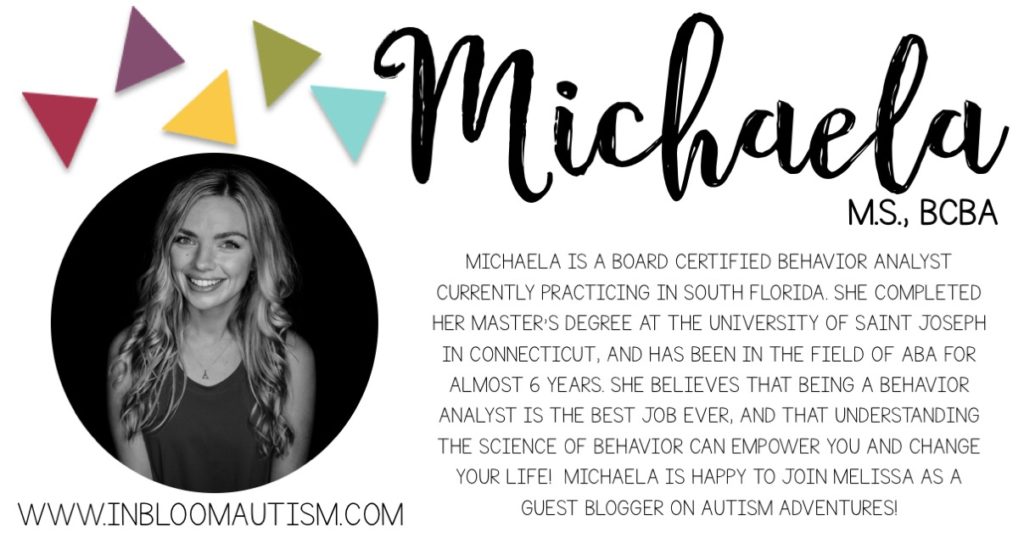
Like what you read? Don’t forget it, PIN IT!
